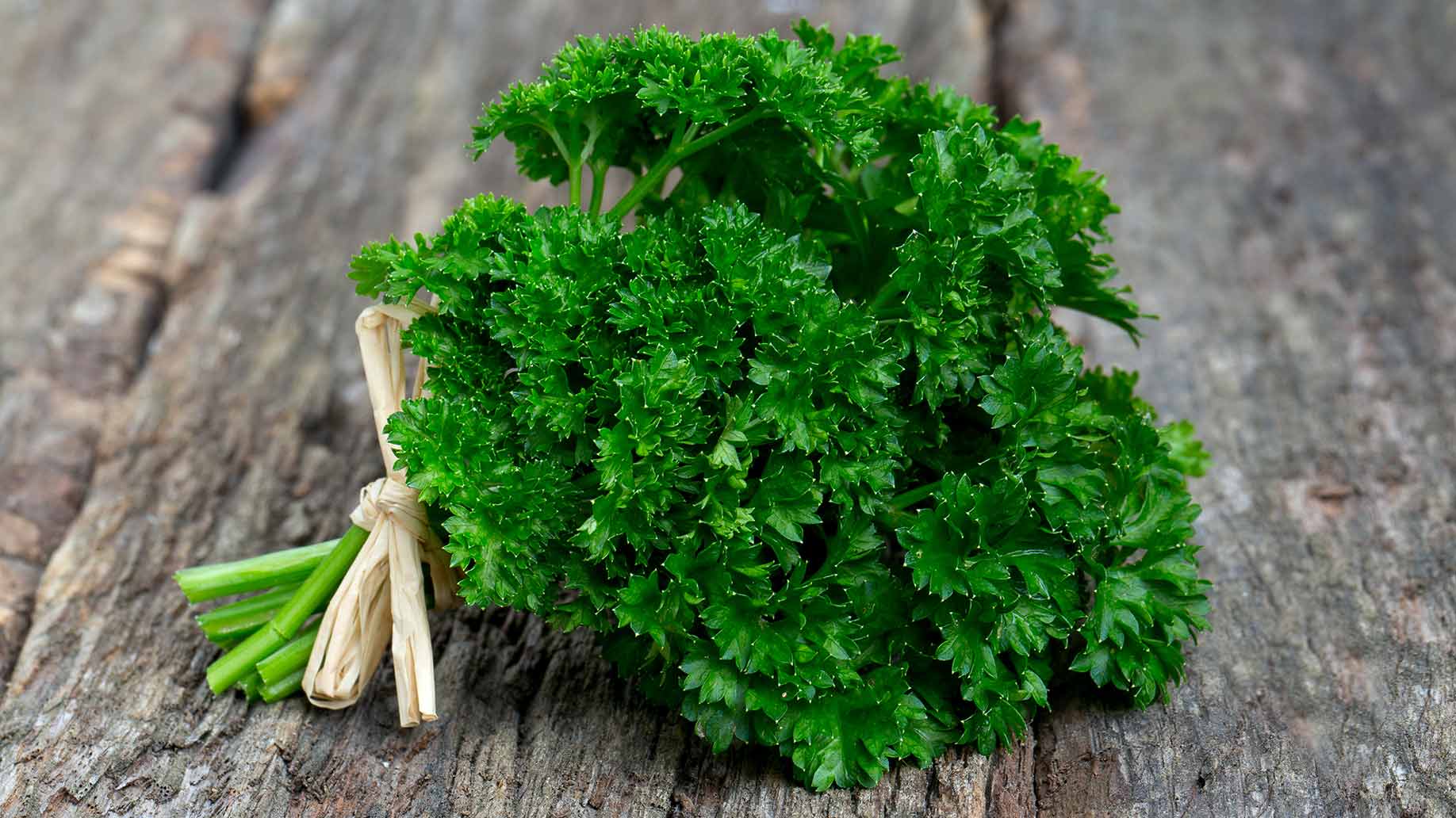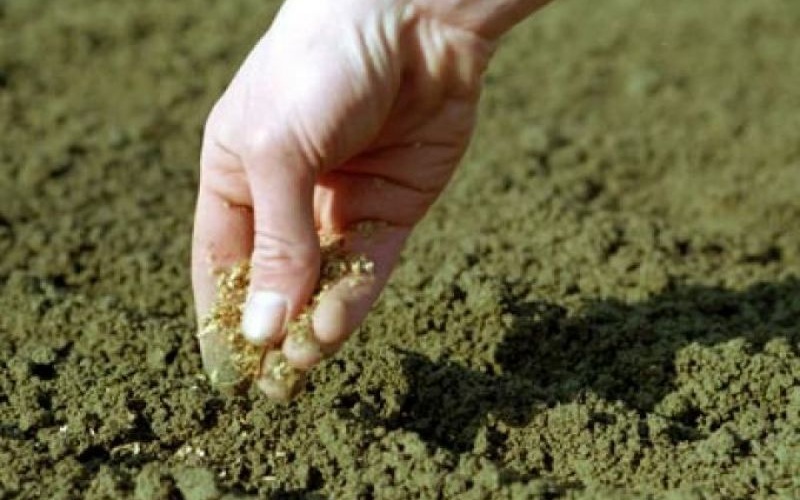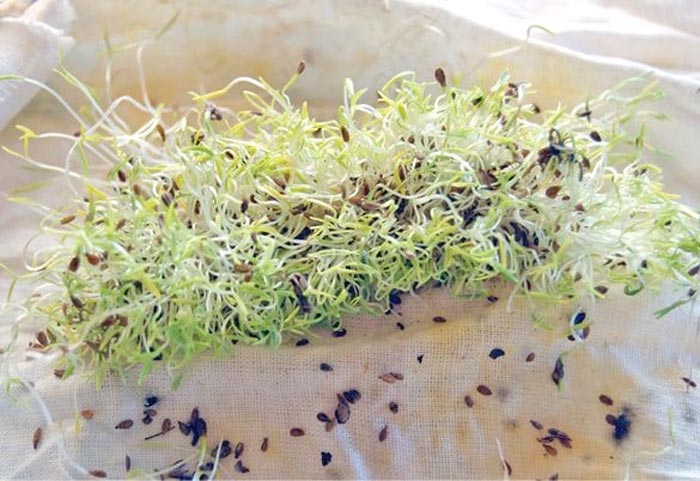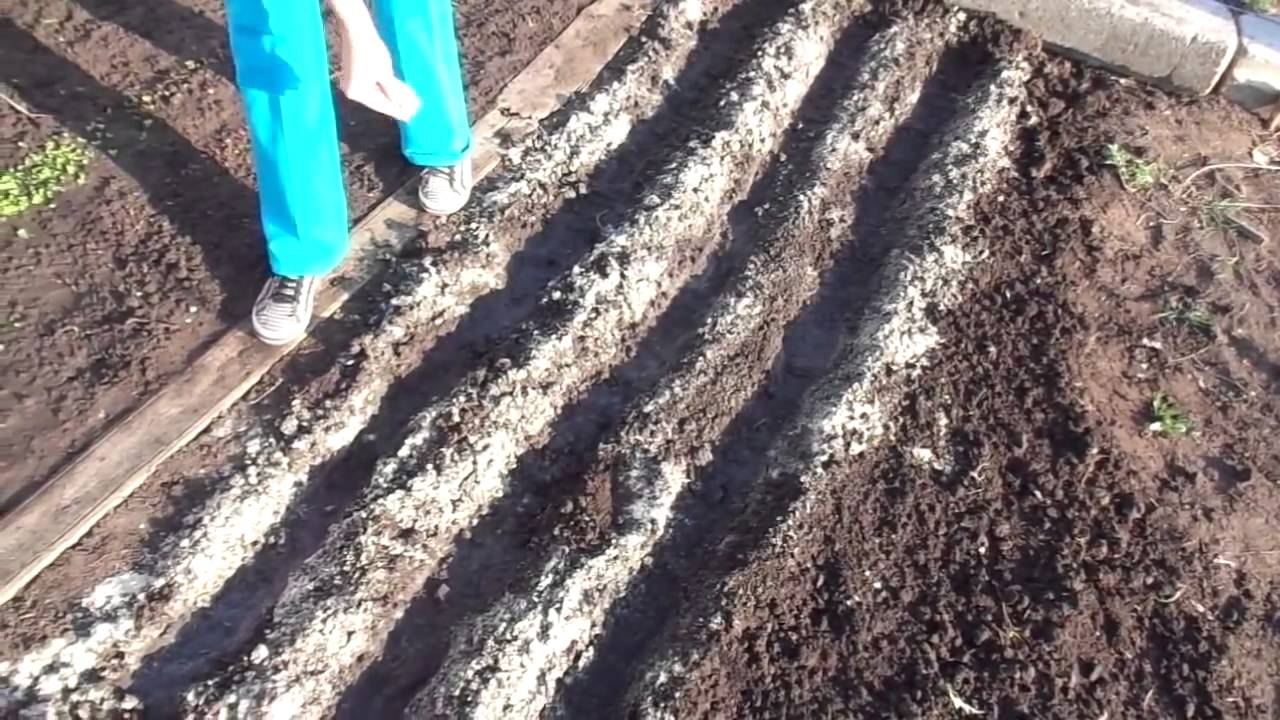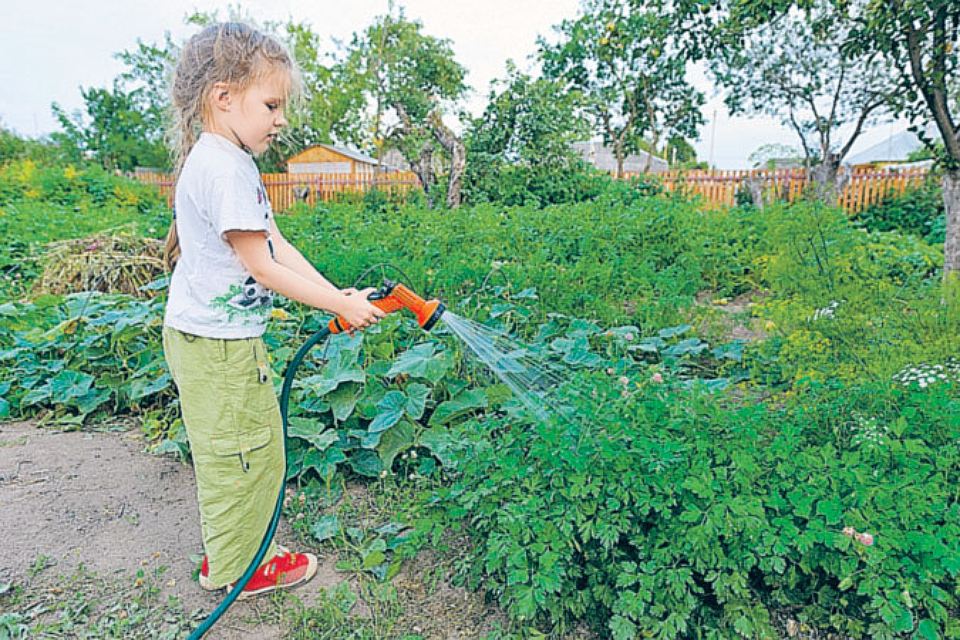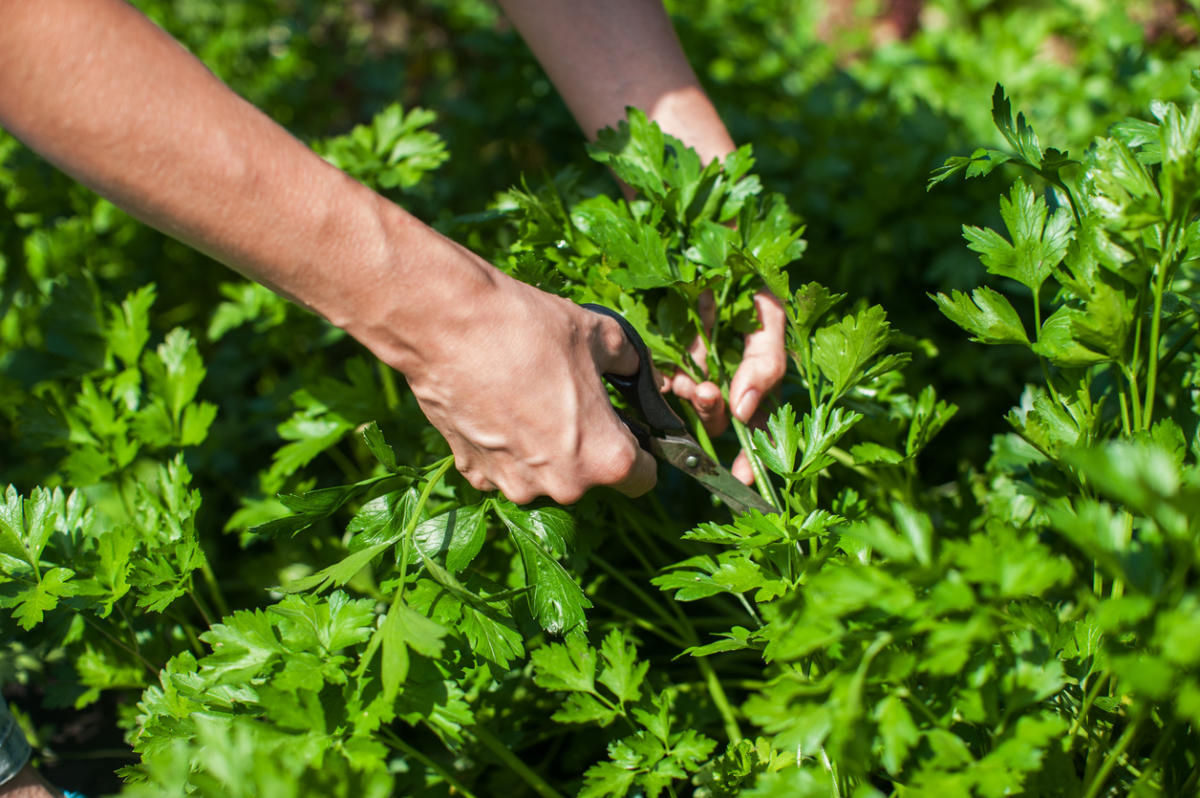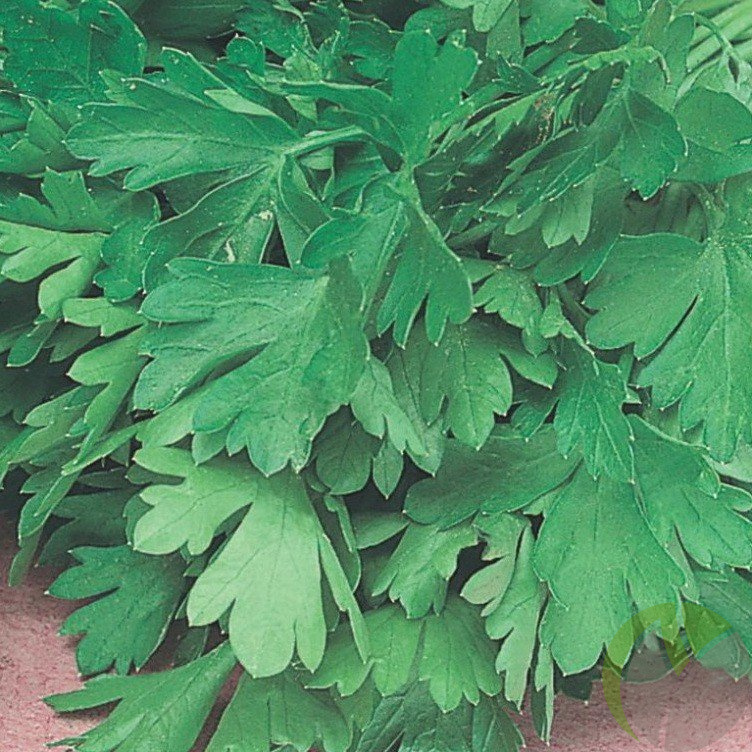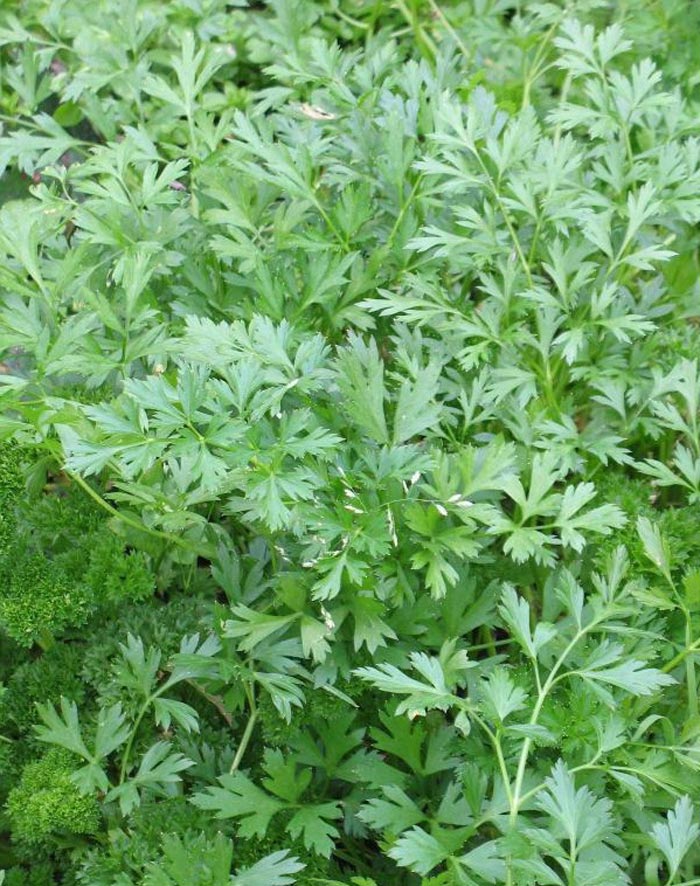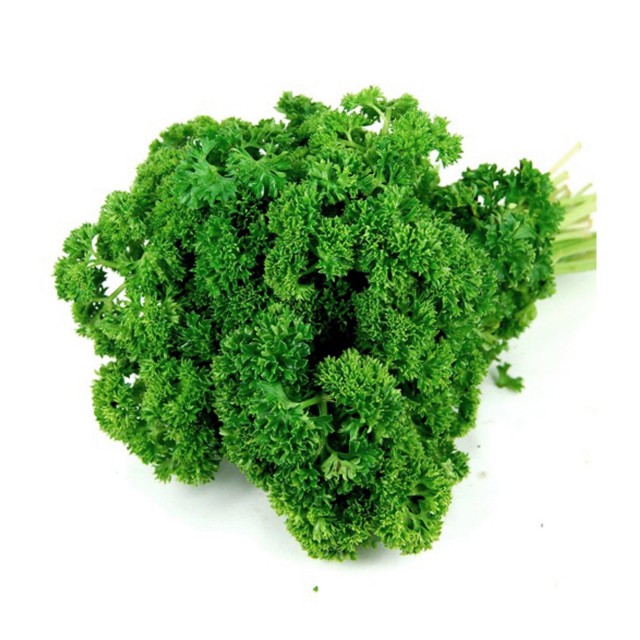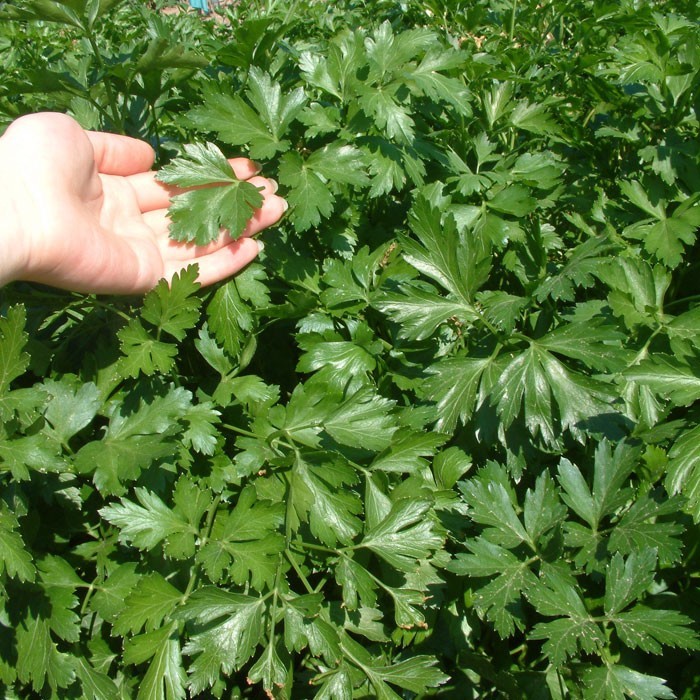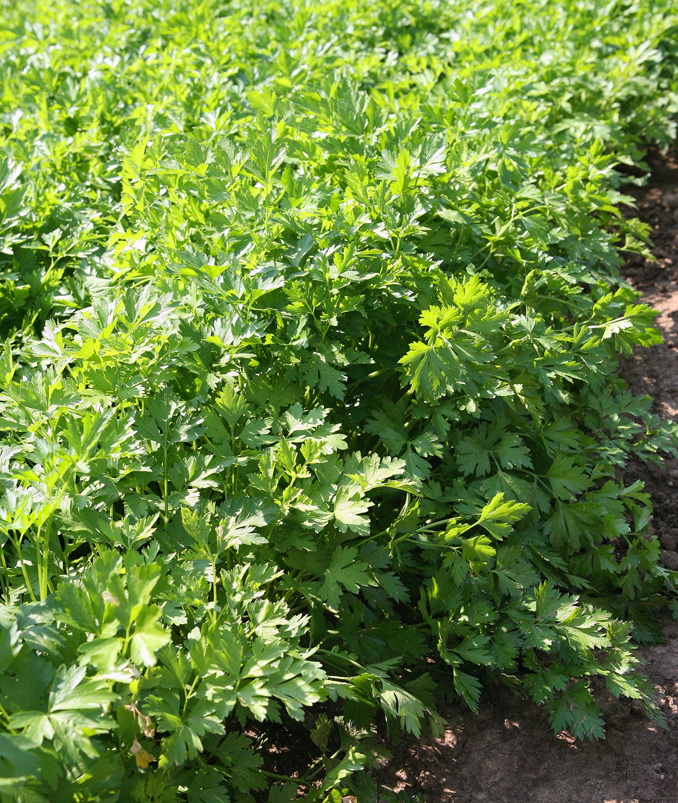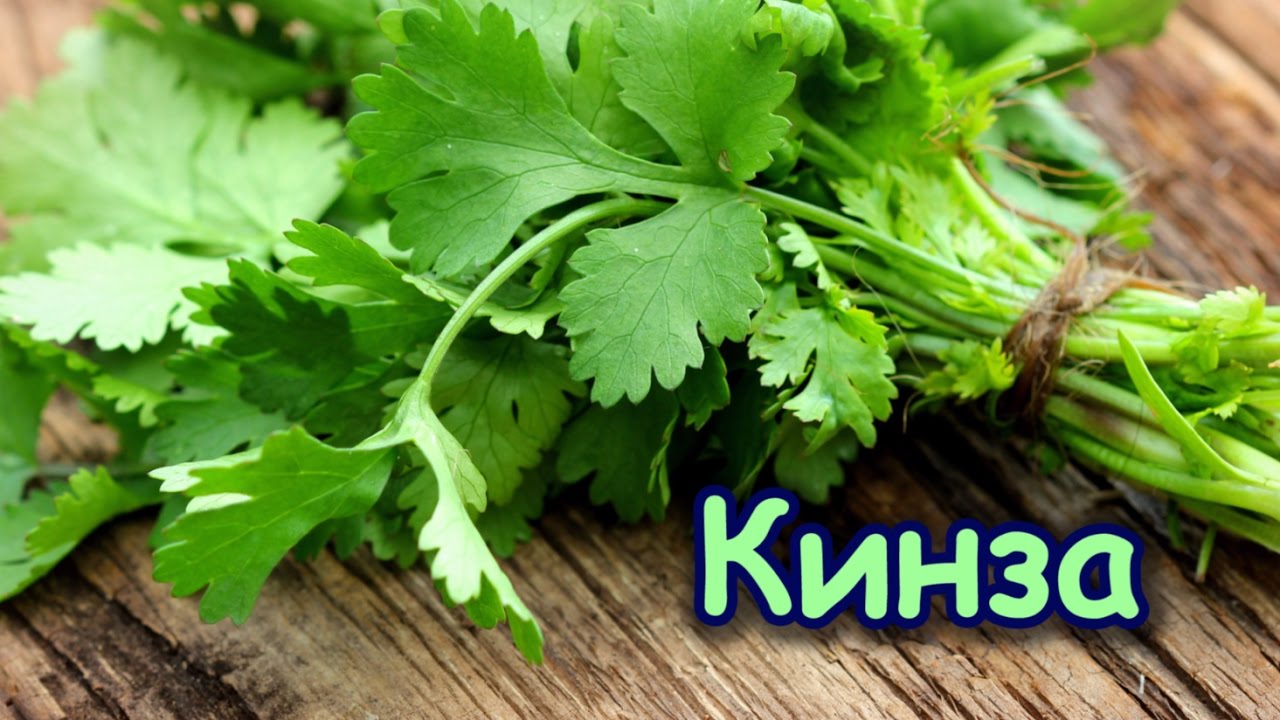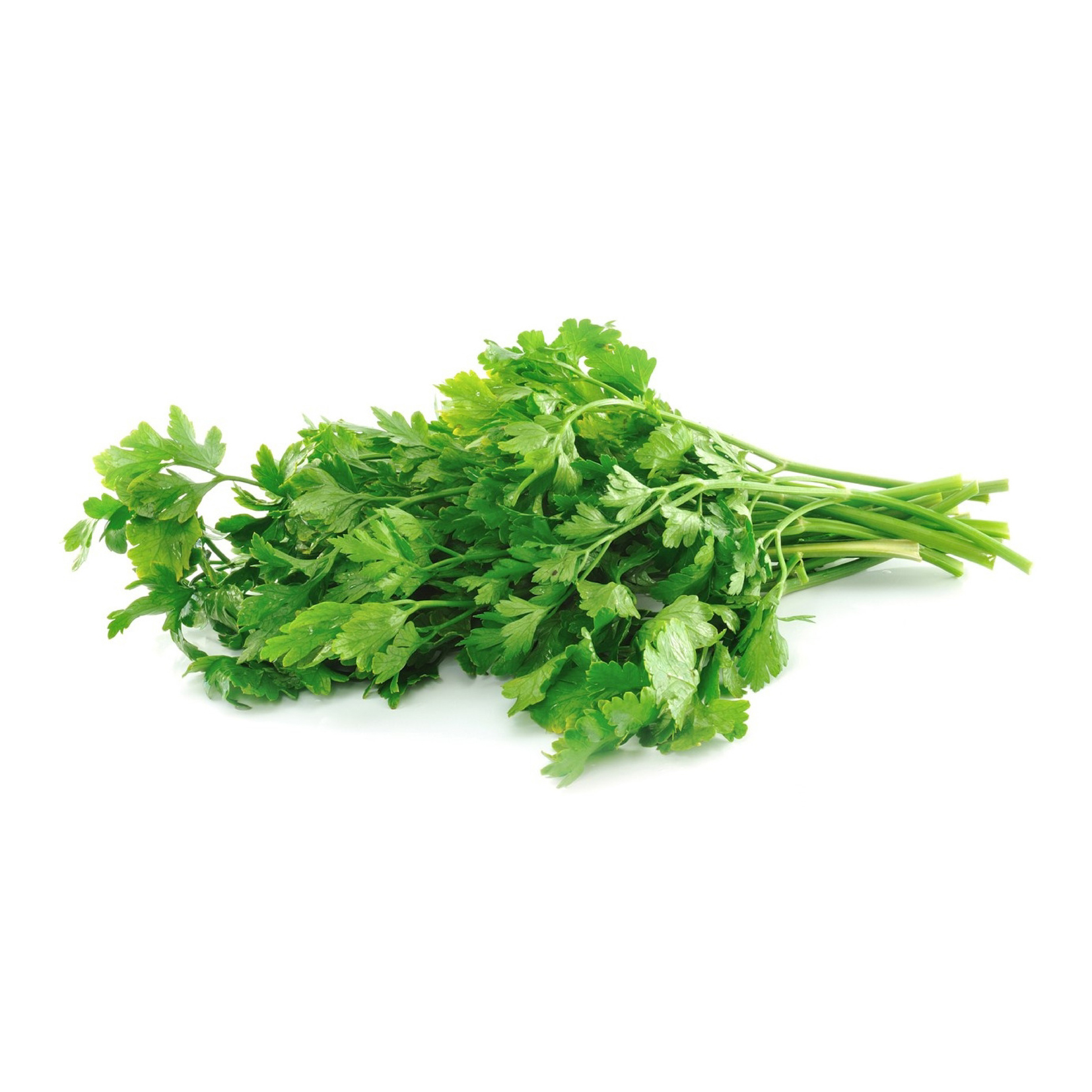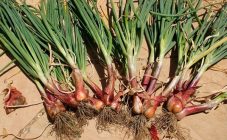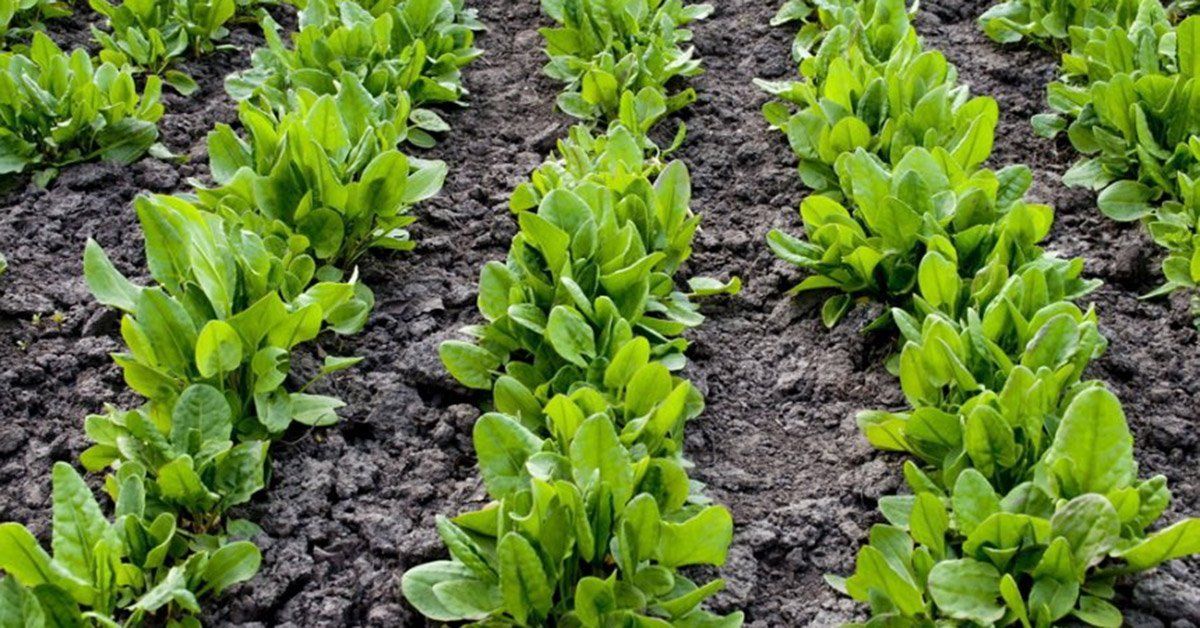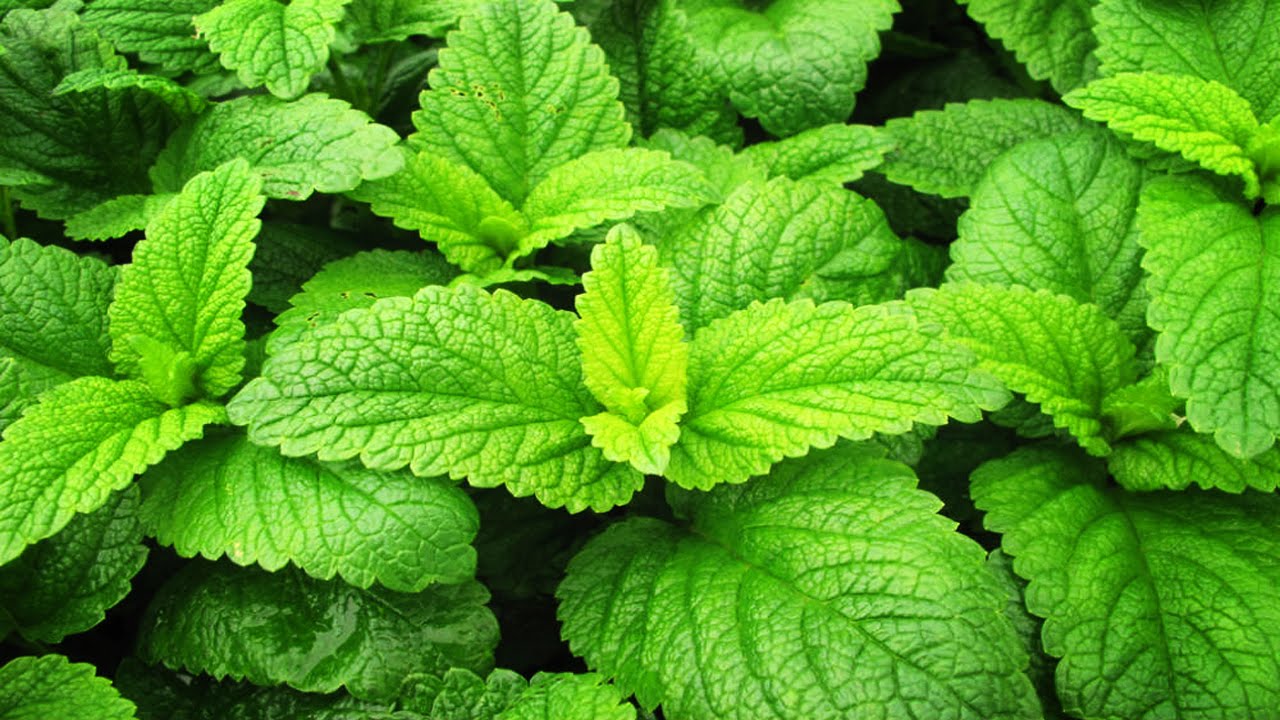Content:
Common parsley leaf is one of the most widespread green crops in summer cottages and backyards. This crop has gained popularity among gardeners thanks to a simple and easy-to-use growing technology - it is successfully cultivated not only in the comfortable conditions of the southern regions of Russia, the Middle Lane, which includes the Moscow region, but also in a dry and harsh continental, humid and warm monsoon climate (Siberia, Far East).
Agrotechnology for growing parsley includes the selection and processing of the site, the preparation of seed material, sowing and caring for plants during the growing season. If all the recommendations are followed at each stage of the cultivation of this crop, a high yield of greens throughout the warm season is ensured.
Site selection
Well-lit and humid areas with loose, humus-rich, cohesive sandy or loamy soils are suitable for growing parsley. A flat or slightly elevated area that is not flooded by surface waters is suitable for the cultivation of this crop. Leaf parsley grows poorly in low places with heavy clay soils and close to the surface of groundwater. The increased acidity of the soil also negatively affects the development of the culture: parsley gives weak shoots, small leaves.
The best precursors for parsley are crops under which organic fertilizers were applied: cucumbers, cabbage, zucchini, potato varieties of different ripening times. Parsley grows well after such legumes as perennial clover, peas, beans, beans. Reduces the yield of parsley when grown after crops such as bush dill, cumin, coriander (Chinese type of parsley), anise and other members of the Umbrella family.
Presowing soil treatment
The area selected for parsley is treated before sowing as follows:
- After harvesting the predecessor, the soil is loosened with a rake and some intermediate crop is sown: mustard, spring rape, oil radish, winter rye;
- At the onset of the first frost, the catch crop tops are mowed and used for compost;
- When digging, remove the roots of the catch crop. Removing the root system of the catch crop is very important - after overwintering in the soil, in spring it can give shoots that, like weeds, will compete with parsley shoots;
- In the spring, the following mineral and organic fertilizers are applied on the soil surface of the site (per 1 square meter): 20 g of ammonium nitrate, 15 g of simple superphosphate, 10 g of potassium chloride, 4-5 kg of humus or well-rotted cow manure;
- Fertilizers are embedded in the soil, processing it with a hand cultivator, flat cutter.
When sowing parsley seeds before winter, fertilizing and loosening the soil is carried out in the fall, immediately after harvesting the catch crop and digging the site.
Seed preparation
The seeds of this culture have a dense film of essential oils on the surface, which reduces their germination when sown in the soil without preliminary preparation.
Seed preparation consists of the following steps:
- Rejection of shriveled and non-germinating seeds - for this, prepare a 3% saline solution (30 g of ordinary table salt per 1 liter of water), open a bag with seeds and pour them into the solution for 3-5 minutes. Heavy seeds sink to the bottom, feeble and non-viable - remain on the surface. Water with shrunken seeds is drained. The heavy seeds remaining at the bottom are washed under running cold water for 10-15 minutes from the remnants of the saline solution. This good method allows you to remove non-viable seeds and avoid sparse and overgrown weeds;
- Seed dressing - after rejection, the remaining seeds are soaked for 20-30 minutes in a solution of 1% potassium permanganate (10 g per 1 liter of water), then washed for the same time under running cold water;
- Germination - for this, the seeds are evenly distributed on cotton pads pre-soaked with Epin solution (2 drops of growth stimulant per 100 ml of water). The discs are folded in half and wrapped in a cotton cloth soaked in the same solution, placed in a warm place. As they dry, the cloth and discs are moistened with water. Germinate seeds in this way for 2-3 days;
- Hardening - in order for the seedlings that emerged from the seeds to be adapted to the spring cold, they are placed in the refrigerator for 5-7 days.
Seeds prepared in this way can be sown both in open ground and in a greenhouse, in boxes for forcing seedlings.
Sowing seeds
Sow parsley seeds at three times:
- In spring - at the end of April-beginning of May, when the topsoil is heated to a temperature of + 4 + 50C to a depth of 1.5-2.0 cm
- In summer - seeds are sown in mid-late August to a depth of 2.0-2.5 cm;
- In autumn - parsley sowing in winter is done with dry (unprepared) seeds after the first frost (late October-early November) to a depth of 0.5-1.0. cm.
Seeds are sown in grooves with a row spacing of 20-25 cm. Planting of parsley, grown in a greenhouse by seedlings, takes place in mid-spring (late April-early May). The resulting seedlings should be planted in 2-3 pieces in one hole. Planting scheme - 10 × 20 cm.
Culture care
Common parsley sheet requires timely planting and care for plants during their growing season, which includes such activities as:
- Watering;
- Thinning;
- Loosening the soil;
- Top dressing.
Watering
Water the parsley in dry summer daily in the early morning or evening. With the passage of heavy rainfall and a fairly rainy and cool summer, watering is carried out as the topsoil dries out.
For irrigation, use rainwater, well, tap water that has settled for several days. It is watered using a 10-12 liter watering can with a nozzle (spout) having a large number of small holes for dividing the flow of water into small streams.
Thinning
Two thinnings are carried out during the year:
- The first is done when plants have 3-4 leaves, leaving a distance of 2-3 cm between plants;
- The second - is produced 14 days after the first (in the phase of 5-7 leaves), increasing the distance between neighboring plants to 5-7 cm.
Loosening the soil and controlling weeds
Loosening of the soil begins in early spring, after the designation of the rows. The soil is loosened with flat cutters, hand cultivators with a suitable grip, hoes.
Top dressing
Leaf parsley is fed several times per season:
- The first feeding is done in the spring at a dose of 50 grams of ammonium nitrate;
- The second and subsequent dressings are carried out during harvesting in the same dose as the first podkomrku.
When growing parsley in a greenhouse, the amount of dressing to prevent the accumulation of nitrates in greens is minimized.
Cleaning
Of the two main types of parsley (leaf and root), the type grown for greenery allows, with proper planting and care, to get up to 3 harvests per season. The first collection of leaves, depending on the early ripening of the variety and weather conditions, is carried out 60-75 days after the emergence of shoots at a height of 25-30 cm bushes. Cut the greens with a sharp knife, leaving petioles at the base of the rosette at least 5 cm long. green slices should be at least 40 days old.
Cut leaves are used for making salads, second courses. For long-term storage, they are dried, crushed and stored in a tightly closed container in a dry place. Also, freshly picked leaves are often frozen to open a plastic bag with them in winter and use delicate greens for making salads.
Description of the best varieties
Due to its high yield, the following varieties of leaf parsley are most popular among gardeners:
- "Italian giant" is a mid-season variety with 20-25 triangular leaves, with a vertical rosette, from 30 to 60 cm in height. The period from emergence to the first harvest is 60 to 70-75 days. Possesses good regrowth after cutting. The fragrant leaf is used fresh and dried. Parsley "Italian giant" is cultivated for forcing greens not only in the open field, but also in greenhouses. This variety grows well if it is placed on the window sill of an apartment lit by the sun;
- Gloria is an early ripening variety from the Gavrish company. It is characterized by a vertical rosette of 20-25 leaves up to 40 cm high. The leaves are rich in green color, with large lobes, grow well after cutting. This variety is cultivated both in open and protected ground;
- "Astra" is an early ripe, highly productive variety of curly (variety of culture) leaf parsley, which has a medium-sized well-leafy rosette. The first leaf cutting is possible within 55-60 days after germination. Due to the high growth rate, it guarantees at least 2-3 cuts of greenery per season;
- "Bogatyr" is a high-yielding late-ripening variety (the period from germination to the first cut of greenery is 70-80 days) with a half-raised well-leafy rosette. Grown in the open field, resistant to shading, waterlogging, droughts, seedlings can withstand frosts up to -70 C. In addition to greenery, forms a large pointed root vegetable weighing up to 120 g, with good keeping quality;
- "Sandwich" is a mid-season, high-yielding, fast-growing variety with a well-leafy rosette up to 40 cm in height. The period from germination to cutting the first greenery is 60 to 80 days.
Experts recommend growing parsley varieties on the site for greens of various ripening periods: early, mid, and late. This allows you to have fragrant parsley on the table throughout the summer and most of the fall. For example, the Italian Giant leaf parsley will provide the earliest greens harvest by the end of June. Medium - and late-ripening varieties will produce greens between harvest cuts on early-maturing parsley plantings.
Thus, leaf parsley is a very unpretentious and easy-to-grow culture, it contains many useful substances: vitamins, trace elements, essential oils. It is used fresh for salads, as homemade spices, for preservation. Parsley (herbs and seeds) is also widely used in folk medicine.
